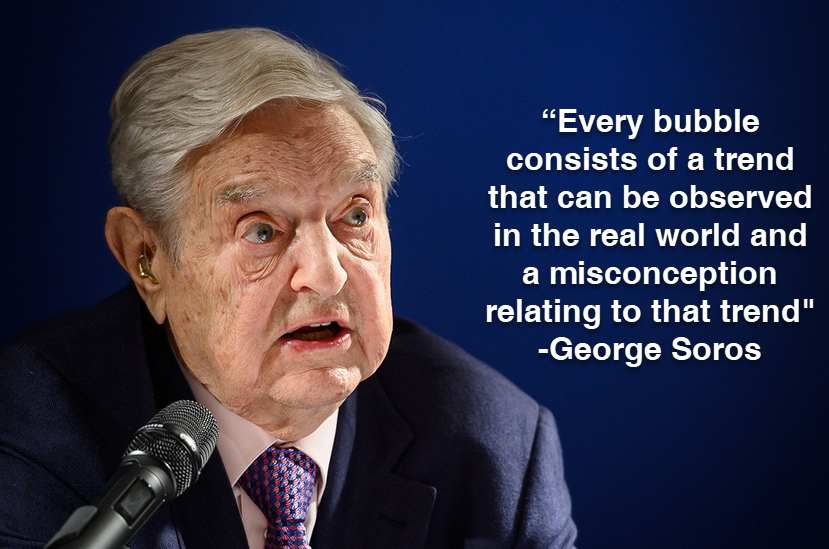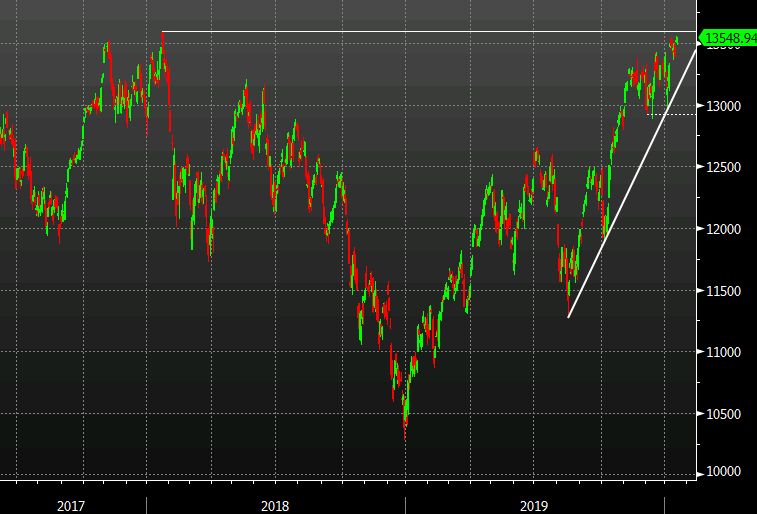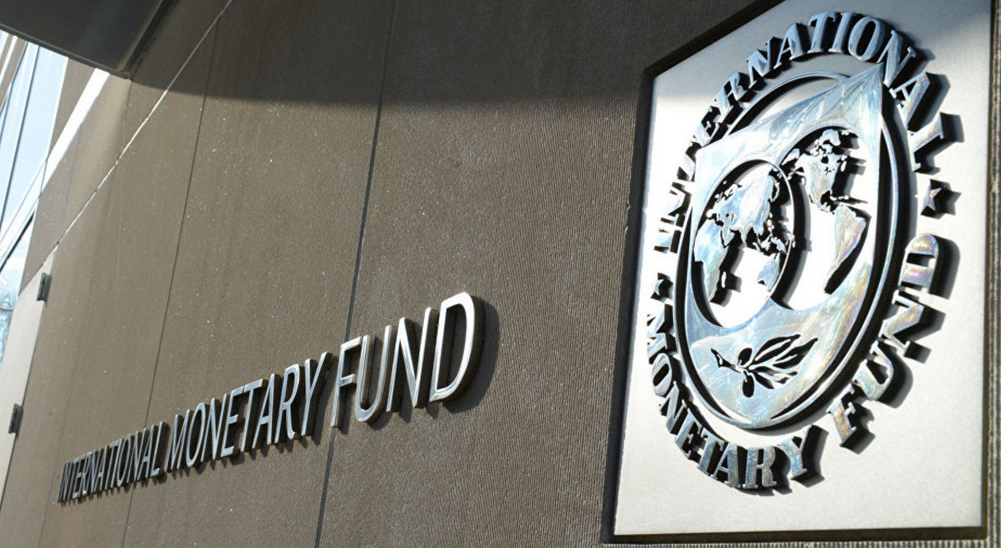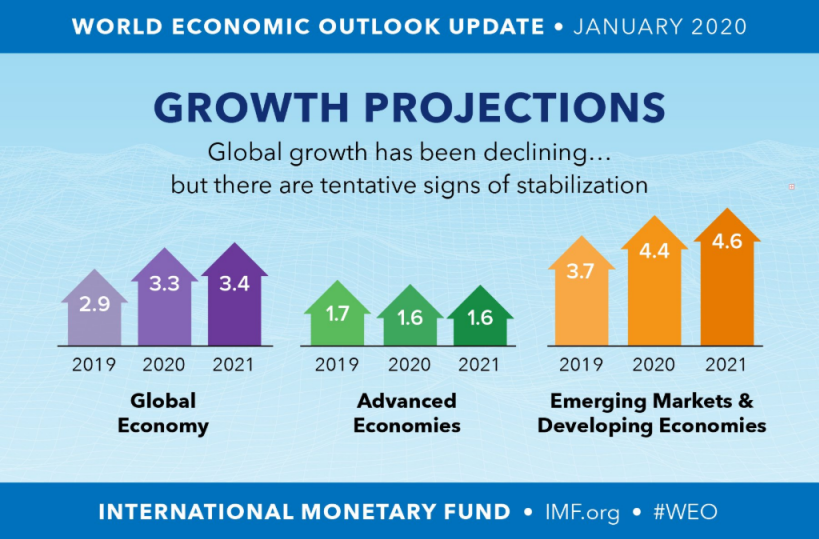What’s the rush?

I love this quote from George Soros because it is more true every day. He said it in his book on the crash of 2008 but he might be talking about fake meat, marijuana or electric cars today.
We can all see trends towards environmentalism, renewables, e-commerce, the internet, eating out and TV streaming along with a dozen other things. The reaction function of the market is to identify a trend and throw money at it in a virtual gold rush, hoping that one day the claims will pay.
Last year we saw it in WeWork. Co-working was undoubtedly a trend and WeWork was the biggest and best-known name in the space. SoftBank and others drove the company valuation into the stratosphere but it all came crashing down when the collective conscience of the world realized the business model could easily be replicated.
The big macro trend of the generation is low and falling inflation. We’re at the point now where every bond investor — voluntarily or not — is betting on low inflation. The perception (or perhaps misconception) is that inflation will stay low forever. If the market is wrong, it would be the mother of all financial busts. The bond market is worth more than $100 trillion with a myriad of derivatives layered on combined with endless knock-on effects, like mortgage rates.









